2015 Silver Linings Notebook: how 5 species bounced back

By one estimate, 140,000 plant and animal species go extinct each year. This is widely believed to be the sixth wave of extinction in the Earth's history, the first that humans are directly responsible for.
The encroachment on forests and global warming are leading to birds, animals and plants losing their natural habitats and slowly fading away.
Each year, however, there are rays of hope too. Thanks to the efforts of conservationists and concerned governments, many endangered species have shown an impressive turnaround.
2015 saw many such success stories.
#Flashback 2015: What we need to learn from disasters which shook the world
The Bengal Tiger in India grew in number because of dedicated government programmes. The Gila fish in the United States was sighted for the first time in a decade, thanks to river cleaning efforts.
Here are five success stories we will remember 2015 for.
Also read: India's water bank is bankrupt. Govt makes a good move to save it
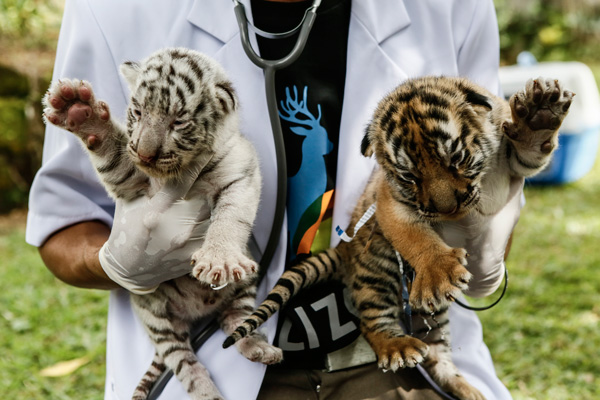
Photo: Putu Sayoga/Getty Images
Threatened by illegal hunting and loss of forests, the Bengal Tiger has been given the status of endangered species by the International Union for Conservation of Nature (IUCN). In 2008, just 1,411 of the big cats were left in India.
But, tigers have also become a conservation success story. Government data released in January 2015 revealed that the tiger population has shot up by almost 30% between 2011 and 2014 to 2,226 animals. That's almost double the 2008 numbers.
The success is credited to protecting tiger habitats, and some control on poaching. Today, almost 70,000 square kilometres of forests are exclusively protected as tiger reserves. A specialised agency, the National Tiger Conservation Authority, carries out conservation activities in these areas.
#FlashBack2015: Head in the clouds: these 5 people hurt climate action by blowing hot air in 2015
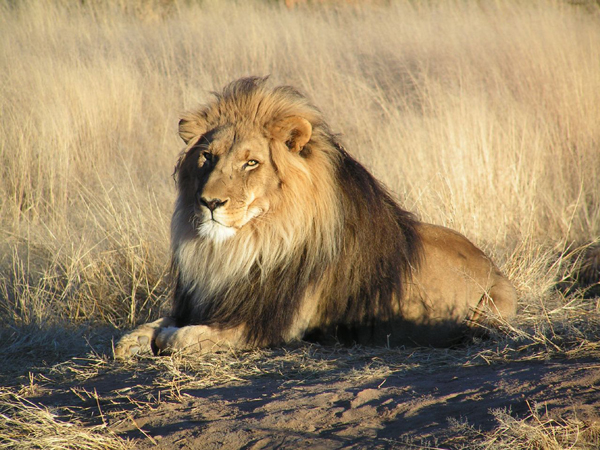
The Asiatic Lion is also classified by the IUCN as an endangered animal. But here, too, numbers have been rising. A census conducted by the Gujarat Government found that in 2015 there were 523 Asiatic Lions in India, almost 30% higher than in 2010, the last time the count was carried out.
All the lions are in Gir sanctuary. The high population is despite the fact that nearly 260 lions died in these five years. As the lions' population rises, they push outside the sanctuary. Almost 40% of the population is said to have been displaced. This is the next challenge for lion conservationists.
Also read: Govt moves to curb pollution by textile units. But it may do more harm than good
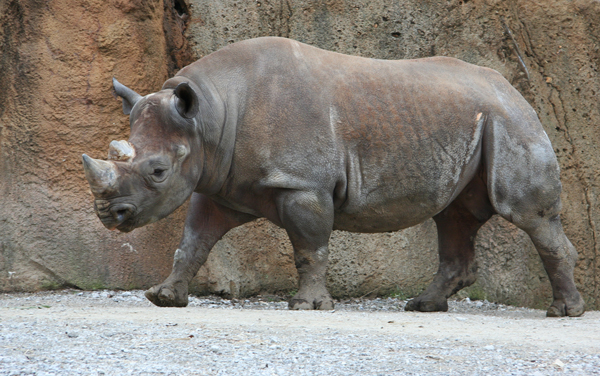
The Indian Rhinoceros is a vulnerable species, according to the IUCN. Rhino population across the Subcontinent had been falling for more than a century due to hunting and loss of habitat. But in 2015, their numbers increased. From just 600 rhinos in 1975, the population multiplied to 3,555 by mid-2015.
One of the biggest challenges was to reintroduce rhinos to their erstwhile habitats. They were abundant across the north Indian grasslands, extending all the way until Assam. But the animal was reduced to just a handful of fragmented sites across India and Nepal. In Dudhwa National Park in Uttar Pradesh, where no rhinos were left, 10 of them were reintroduced in the 1980s from other locations. Today, these have multiplied to a population of nearly 60.
Also read: Damn the dams: how the NDA govt plans to Save the Ganga
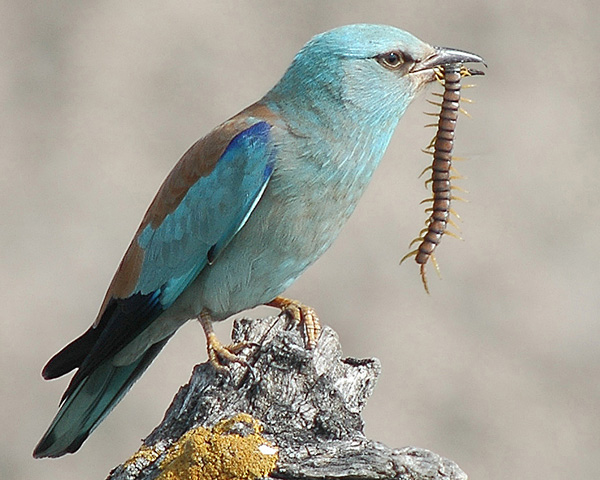
Although eight birds in India were added to the list of threatened birds in 2014, there was one that took everyone by surprise. The European Roller, a migratory bird, was downlisted from "near threatened" to "least concerned".
This is not because its population increased, but that it is declining at a slower rate. This is a good sign. There are greater chances of its numbers rising in the future. According to BirdLife International, the Roller was threatened by hunting and intensified agriculture that damaged its nesting sites and habitats. The revival in the bird's numbers is thanks to conservation action in many countries, which has protected its habitat.
Also read: The #COP21 Deal: And why we will be talking about it for the next 15 years
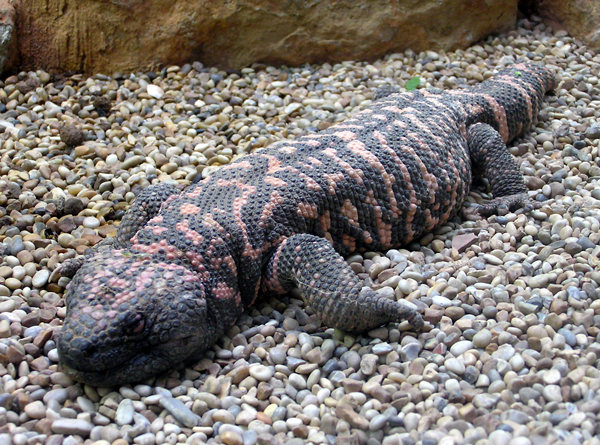
An endangered fish called Gila was sighted in December 2015 for the first time in 10 years. The freshwater fish, a native of Mexico and the United States, was sighted in the Santa Cruz river near the US-Mexico border. The fish, just an inch long, survives for less than a year but reproduces frequently. It was threatened as rivers got more polluted by waste and the introduction of mosquitofish, for which Gila is a prey.
Experts credit the revival to setting up of waste water treatment plants that cleaned up the river. Thanks to the sighting, from the current "endangered", its threat status it is expected to reduce to "threatened".
Also read: No end to Adani's Australian nightmare: CEO accused of poisoning a river







![BJP's Kapil Mishra recreates Shankar Mahadevan’s ‘Breathless’ song to highlight Delhi pollution [WATCH] BJP's Kapil Mishra recreates Shankar Mahadevan’s ‘Breathless’ song to highlight Delhi pollution [WATCH]](https://images.catchnews.com/upload/2022/11/03/kapil-mishra_240884_300x172.png)

![Anupam Kher shares pictures of his toned body on 67th birthday [MUST SEE] Anupam Kher shares pictures of his toned body on 67th birthday [MUST SEE]](https://images.catchnews.com/upload/2022/03/07/Anupam_kher_231145_300x172.jpg)






